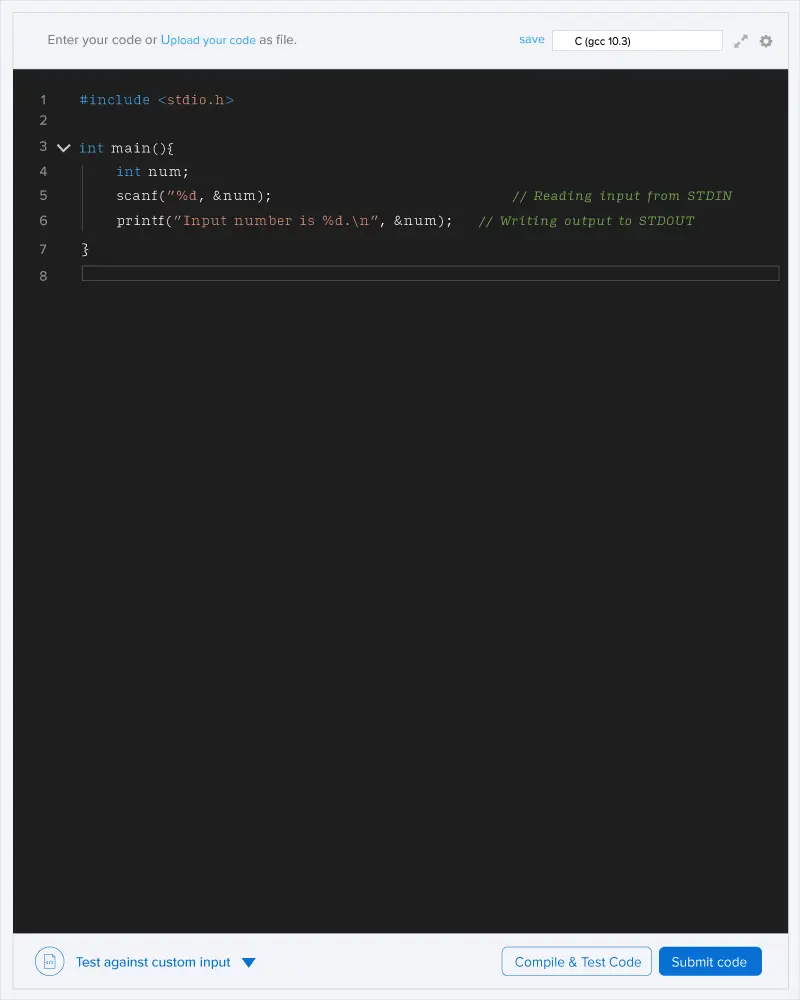You are given an array of N integer A1,A2,...,AN.
Task
You need to tell the difference between the maximum subsequence sum and minimum subsequence sum, both consisting of at least one element.
Notes
- 0 based indexing is followed.
-
A subsequence of an array is a sequence that can be derived from another sequence by deleting some or no elements without changing the order of the remaining elements.
-
A subsequence sum is the sum of all elements present in the subsequence.
Function description
Complete the solve function provided in the editor. This function takes the following 2 parameters and returns the difference between the maximum subsequence sum and minimum subsequence sum, both consisting of at least one element:
- N: Represents the size of array A
- A: Represents the elements of the array
Input format
Note: This is the input format that you must use to provide custom input (available above the Compile and Test button)
- The first line contains an integer T denoting the number of test cases. T also denotes the number of times you have to run the solve function on a different set of inputs.
- For each test case:
- The first line contains an integer N denoting the size of array A.
- The second line contains N space-separated integers, denoting the array elements.
Output Format:
For each test Case, print one integer denoting the difference in maximum subsequence sum and minimum subsequence sum.
Constraints :
1≤T≤10
1≤N≤10000
−10000≤Ai≤10000
Code snippets (also called starter code/boilerplate code)
This question has code snippets for C, CPP, Java, and Python.
NA

